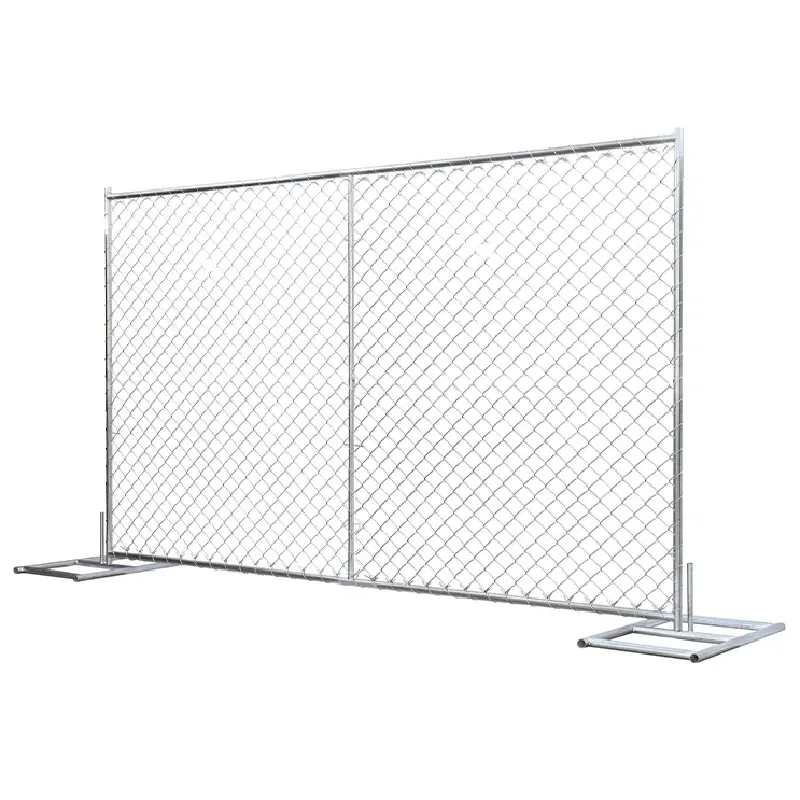
- Afrikaans
- Albanian
- Arabic
- Armenian
- Azerbaijani
- Basque
- Belarusian
- Bengali
- Bosnian
- Bulgarian
- Croatian
- Czech
- Danish
- Dutch
- English
- Esperanto
- Estonian
- Finnish
- French
- Galician
- Georgian
- German
- Greek
- hawaiian
- Hindi
- Hungarian
- Indonesian
- irish
- Italian
- Lao
- Latvian
- Lithuanian
- Luxembourgish
- Macedonian
- Maltese
- Myanmar
- Norwegian
- Polish
- Portuguese
- Romanian
- Russian
- Serbian
- Slovak
- Somali
- Spanish
- Swedish
- Thai
- Turkish
- Turkmen
- Vietnamese
ডিসে. . 16, 2024 05:43 Back to list
Effective Strategies for Implementing Crowd Management Barriers in Public Spaces
Crowd Management Barriers Ensuring Safety and Order in Public Spaces
As urban areas become increasingly populated and events draw larger crowds, effective crowd management has become critical for ensuring public safety. One of the fundamental components of crowd management is the strategic use of barriers. These barriers serve various purposes, from directing pedestrian traffic to enhancing security, and understanding their importance can help organizers create safer environments for all.
What Are Crowd Management Barriers?
Crowd management barriers can take many forms, including physical structures like fences, barricades, and temporary walls, as well as non-physical elements like signage and personnel. Their primary function is to control the flow of people, prevent overcrowding in specific areas, and segregate different groups to avoid potential conflicts. Barriers are especially important in events such as concerts, festivals, sports games, and public demonstrations, where large gatherings occur.
Types of Crowd Management Barriers
1. Portable Barriers These are flexible and easy to set up, making them ideal for events that require quick assembly and disassembly. Often made from lightweight materials, portable barriers can be easily moved to adapt to changing crowd dynamics.
2. Stanchions and Ropes Commonly seen in queues at airports, banks, and events, stanchions with ropes help in guiding people to form orderly lines. They are effective in managing entry and exit points and ensuring that visitors follow a specific path.
3. Metal Fencing For larger events or areas requiring higher security, metal fencing is often employed. This type of barrier provides a more robust solution to restrict access and contain crowds, making it ideal for concert venues or sports arenas.
4. Plastic Barriers Lightweight and often more visually appealing, these barriers are frequently used in outdoor events, such as marathons or parades. They are effective in defining boundaries while being easier to transport and set up than metal options.
Benefits of Using Barriers
Crowd management barriers play a vital role in maintaining safety and organization. Here are some key benefits
- Enhanced Safety Barriers help prevent overcrowding in certain areas, significantly reducing the risk of accidents and ensuring a safe environment for attendees. They also serve to protect sensitive spaces, such as backstage areas at concerts or restricted zones in public events.
crowd management barriers

- Crowd Control Barriers guide the flow of people, preventing chaos and confusion. By directing foot traffic, organizers can better manage entrance and exit points, minimizing bottlenecks and ensuring smooth transitions.
- Defined Spaces Effective barrier placement creates designated areas for different activities. This segregation not only helps in managing crowd sizes but also aids in the efficient operation of services like food stalls, first aid stations, and restrooms.
- Improved Emergency Response In the event of an emergency, barriers assist in crowd dispersal, allowing for a quicker and more organized evacuation. Emergency personnel can also rely on these barriers to navigate crowds and access those in need of assistance.
Best Practices for Implementing Barriers
The successful implementation of crowd management barriers requires careful planning
- Assessment of Crowd Size and Flow Before an event, organizers should conduct a thorough analysis of expected attendance and plan the placement of barriers accordingly.
- Communication Clear signage indicating the purpose of barriers and instructions for crowd movement is essential. Informing attendees of the barrier placements helps to reduce confusion.
- Training Personnel Staff members responsible for managing barriers should be well-trained in crowd control techniques and emergency protocols, ensuring they can respond effectively to any situation.
- Regular Monitoring Conditions can change rapidly during an event, so continuous monitoring of crowd behavior is necessary. Adjustments to the barrier arrangement may be needed to accommodate unforeseen issues.
Conclusion
In an age of increasingly crowded public spaces, the importance of crowd management barriers cannot be overstated. These tools not only enhance safety and streamline processes but also contribute to a more enjoyable experience for attendees. By understanding and effectively implementing barrier systems, event organizers can create environments where safety and enjoyment go hand in hand.
-
Versatile Sheep and Livestock Hurdles for Sale
NewsApr.14,2025
-
The Rise of BRC Fencing
NewsApr.14,2025
-
High-Quality Cattle and Horse Panels for Sale
NewsApr.14,2025
-
Durable Cattle Fencing Solutions
NewsApr.14,2025
-
Double Wire Fencing Solutions
NewsApr.14,2025
-
360 Degree Protection with 358 Anti-Climb Fences
NewsApr.14,2025









